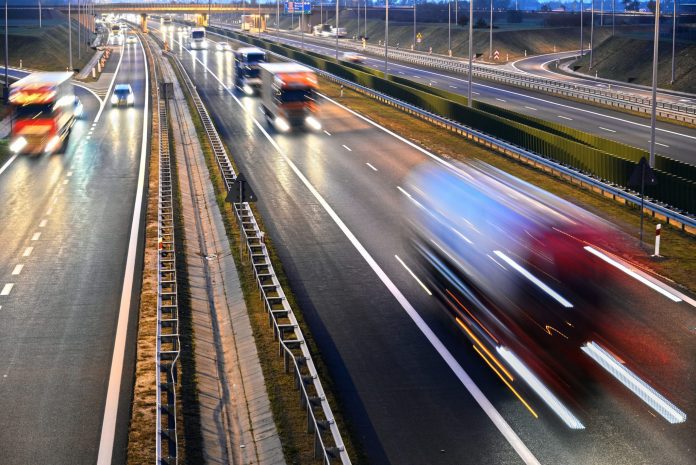Smart transportation, a key internet of things vertical application, refers to the integrated application of modern technologies and management strategies in transportation systems.
These technologies aim to provide innovative services relating to different modes of transport and traffic management and enable users to be better informed and make safer and ‘smarter’ use of transport networks.
In 2010, the European Union had defined Intelligent Transportation Systems (ITS) as a systems “in which information and communication technologies are applied in the field of road transport, including infrastructure, vehicles and users, and in traffic management and mobility management, as well as for interfaces with other modes of transport.”
Smart transportation includes the use of several technologies, from basic management systems such as car navigation; traffic signal control systems; container management systems; automatic number plate recognition or speed cameras to monitor applications, such as security CCTV systems; and to more advanced applications that integrate live data and feedback from a number of other sources.
ITS technologies allows users make better use of the transportation network and also paves the way for the development of smarter infrastructure to meet future demands.
The evolution of intelligent transportation systems is providing a growing number of technology solutions for transportation managers as they seek to operate and maintain the systems more efficiently and improve performance.
According to the Intelligent Transportation Society of America , ITS technology makes it possible to:
- Use a navigation system to find the best route based on real-time conditions
- Alert drivers of potentially hazardous situations in time to avoid crashes
- Be guided to an empty parking space by a smart sign
- Ride a bus that turns traffic lights green on approach
- Detect and respond promptly to traffic incidents
- Reroute traffic in response to road conditions or weather emergencies
- Give travelers real-time traffic and weather reports
- Allow drivers to manage their fuel consumption
- Adjust speed limits and signal timing based on real-world conditions
- Improve freight tracking, inspection, safety and efficiency
- Make public transportation more convenient and reliable
- Monitor the structural integrity of bridges and other infrastructure
An example of the benefits of the implementation of smart transportation technologies can be found in Austria, where the country’s Autobahn and Highway Financial Stock Corporation (ASFiNAG), turned to Cisco’s Connected Roadways solutions to bring the “internet of things” to its roadside sensors. The result is a highway designed to monitor itself, send information to drivers and predict traffic to ensure lanes stay clear of congestion.
“We connected more than 70,000 sensors and 6,500 traffic cameras over fiber-optic networks,” said Bernd Datler, managing director of the tolling company at ASFiNAG. “This give us live feedback on our roads to help route emergency vehicles and provide drivers with up-to-date information.”
The Austrian company partnered with Cisco on the project using ruggedized switches and routers. Cisco’s IP Interoperability and Collaboration System was deployed to help communicate information to authorities via different radio standards.
The transportation firm is utilizing Cisco’s Connected Roadway, a system designed to create a converged network infrastructure to securely connect disparate intelligent transportation systems to improve traffic flow, reduce roadside incidents and provide a centralized view of highway systems. This view includes road conditions, traffic, construction and transit information.
ASFiNAG’s connected highway uses sensors to take data on road, traffic and weather conditions, and communicates the information to drivers. If the system detects slow-moving traffic, it might lower the speed limit of roads before incoming cars add to the congestion.

